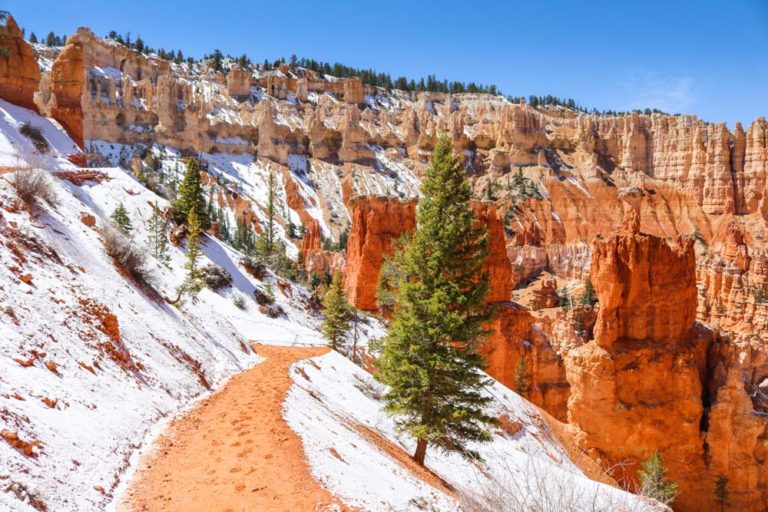Arizona | California | Florida | Hawaii | Missouri | National Parks | New Mexico | South Carolina | Spring | Texas | U.S. Virgin Islands | Utah

California’s Joshua Tree National Park is the meeting place of two huge deserts: the Mojave and Colorado Deserts. This results in a wide variety of landscapes, as well as amazing biodiversity.
The Mojave Desert, in the northwestern part, lies over 3,000 feet above sea level, making it a relatively cool desert. This is where you’ll find almost all the Joshua trees and the park’s typical boulders.
In the southeast, the lower-lying Colorado Desert is much hotter. There, cacti and ocotillo plants dot rocky hills. In spring, wildflowers carpet the desert floor, turning the otherwise monotone desert into a colorful spectacle.